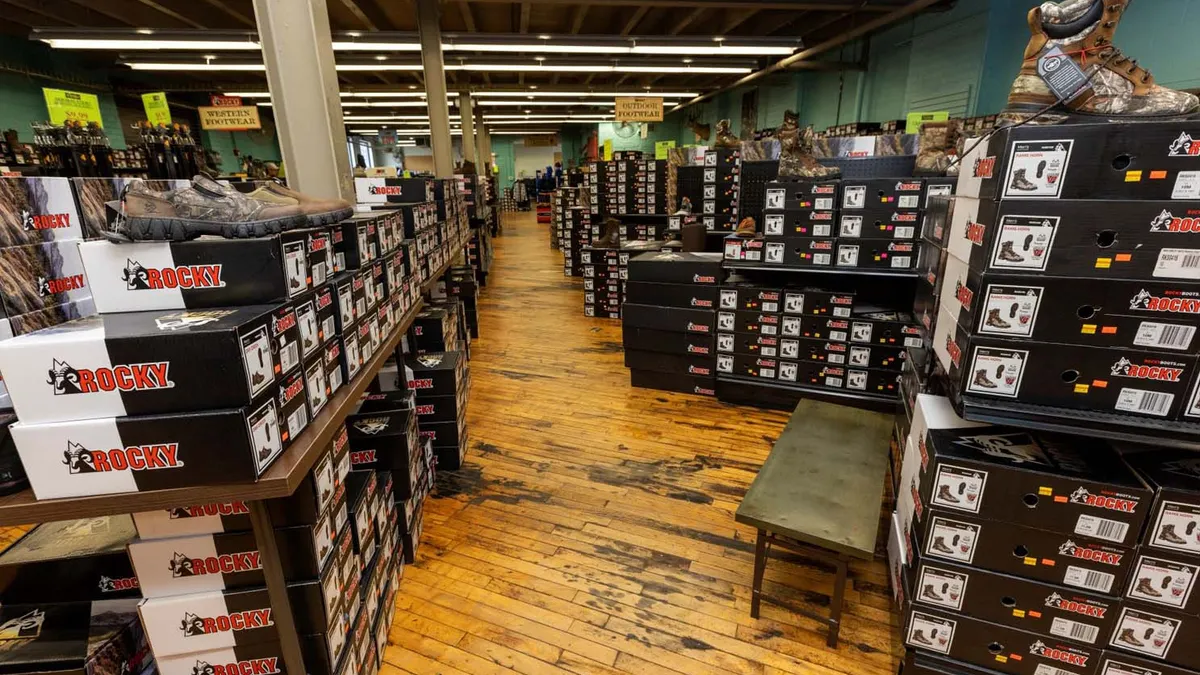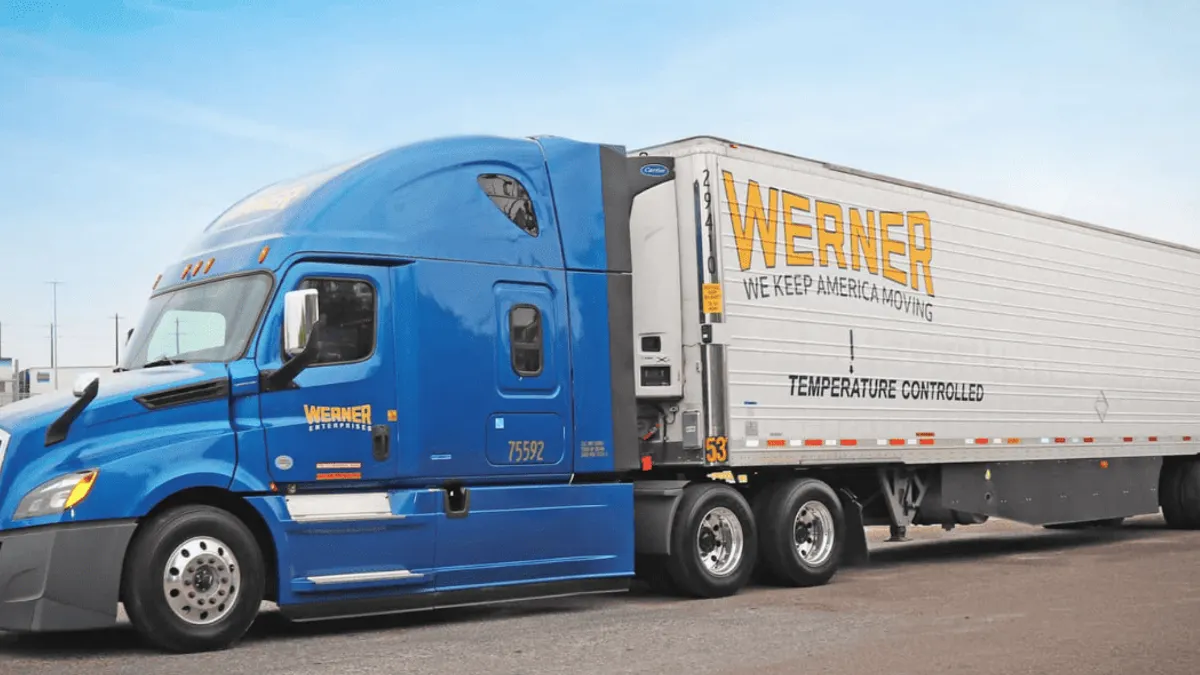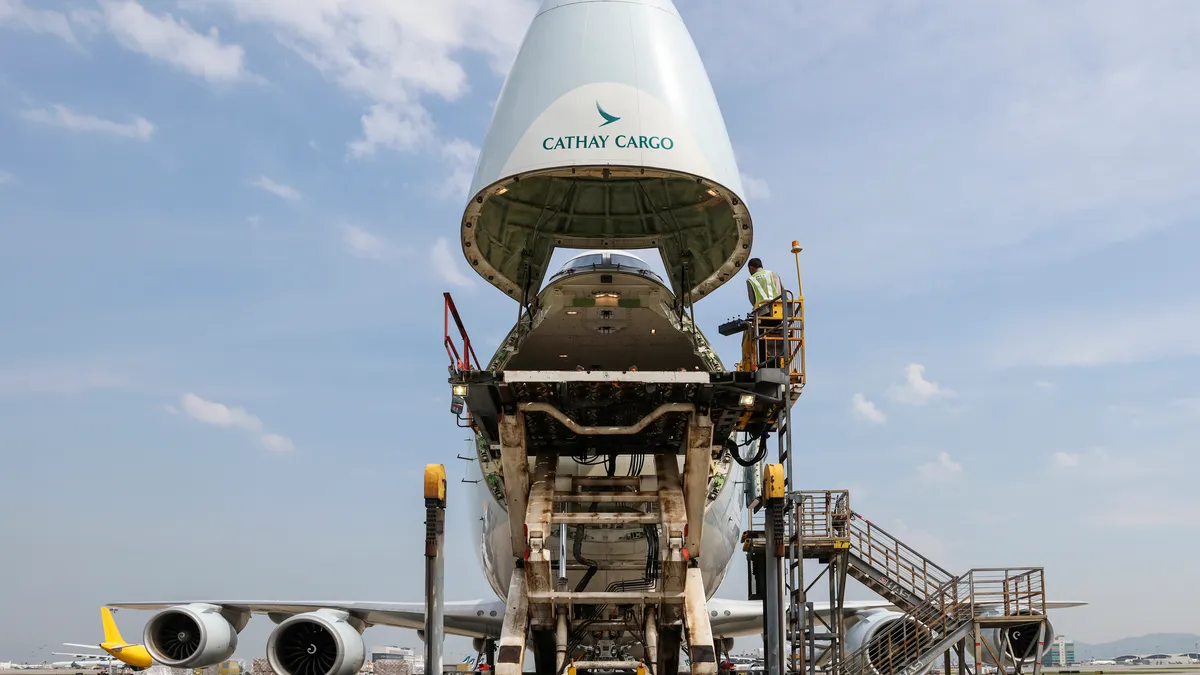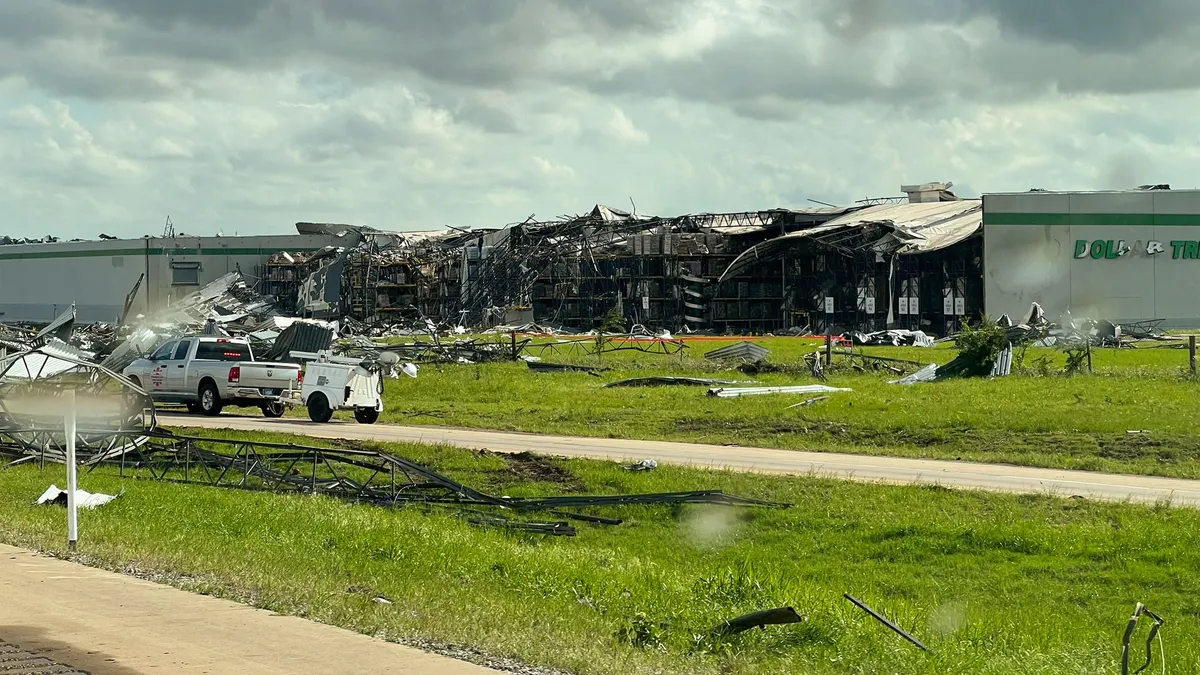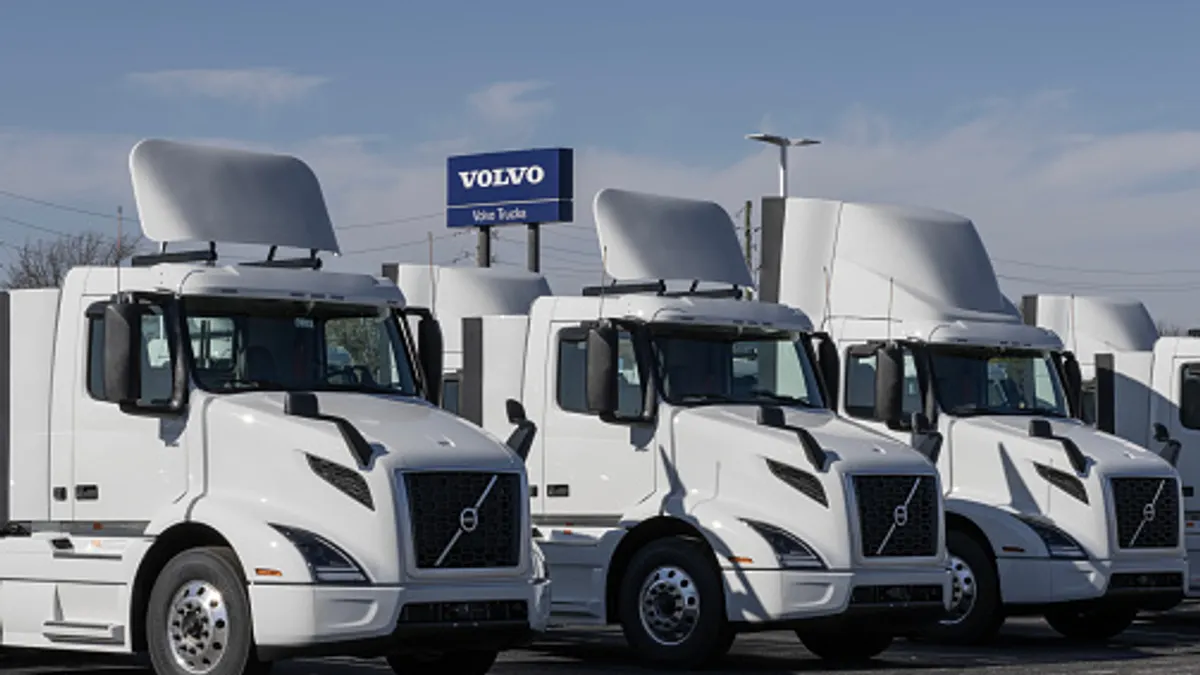Several days after Hurricane Irma hit, a convoy of 40 Werner trucks with Home Depot goods left Georgia with police escort, headed to Florida’s storm-damaged areas. Soon after, another 60 trucks arrived in the Sunshine State. Preparing for a natural disaster and sending needed supplies in phases is second-nature to big box stores like Home Depot and Lowe’s. Quantity and location details change, but hurricanes come regularly in certain regions, so the stores are prepared.
What was unusual this year was two back-to-back hurricanes causing massive damage from water and wind in two regions. While there are currently no shortages of supplies, it’s difficult to know how construction material pricing and supply will affect Houston and Florida, as well as the rest of the country, but those in the construction supply chain are trying to figure that out.
In disaster areas, the construction supply chain follows several phases, each needing different materials in a different time frame:
| Time period | What's required |
|---|---|
| Preparation | Plywood, generators, flashlights, batteries, grills, charcoal and water |
| Flood event to several weeks after | Tarps, drywall, mold preventer, industrial trash bags, window air conditioning units, scoop shovels, wheelbarrows, box fans, high-speed blowers, water, long-handled tools, cleaning supplies, gloves |
| Wind event to several weeks after | Fencing, picket posts, shingles, tar paper, roofing items, power tools, chainsaws |
| Restoration and rebuilding (1 month to 3 years) | Drywall, lumber, power tools, siding, fixtures, doors, roofing, windows — everything needed for home rebuilding. |
Disaster logistics and operations
Before the hurricanes hit, Home Depot activated its home office Atlanta command center, where eight less-than-truckload (LTL) and full truckload (FTL) carrier representatives worked alongside Home Depot’s supply chain team to tighten up coordination. Another room held merchants, working to find needed products as quickly as possible.
“We’re clear on what’s going to be needed. It’s not like we’re doing guesswork on that front,” said Stephen Holmes, spokesperson for Home Depot. “What becomes complicated is understanding how much product they need, where it’s needed and how quickly they can get it there.”
Home Depot has specific distribution centers supporting hurricane-prone communities. Home Depot preloads trailers at the centers, sending them out as soon as they know where and when they’re needed. “It’s not enough for an entire storm,” said Holmes. “It’s so you can get those first loads out very quickly, almost immediately.” As soon as they ship, they backfill the warehouse. Using this strategy, they had enough products to send to Florida, even after Houston received supplies.
Big box home improvement stores are at the forefront of recovery and even as first responders. “We’re designated as one of (the government’s) relief and restoration companies, because of the products and volume we sell. We’re allowed in earlier because of our ability to help the community return to normalcy,” said Rick Neudorff, manager of Lowe’s Emergency Command Center.
As of today, all affected Lowe’s stores reopened, and Home Depot has all but three open (one in St. Thomas and two in the Florida Keys). At the store level, it may appear like products are selling out very quickly. “It looks like we’re not restocking the stores, but we’re continuously doing that,” said Holmes. It’s difficult to do, and the restocking rate depends on how fast they can move loads based on transportation challenges.
Logistics and sourcing materials for construction
After a natural disaster, the massive amount of rebuilding involves not just single-family homes and apartments, but also office buildings and major commercial buildings.
“You have a lot more professional restoration and construction activity in a condensed timeframe than you do during the normal course of business,” said Neudorff. “The challenge is to have the product for the walk-in retail customer, the online customer and the commercial customer who buys large lots of product for their jobs.”
Given that the Harvey rebuilding process could take years, said Neudorff, stores have to determine which products to stock for their neighborhood. Apartments, single-family homes and luxury single-family homes require different types of kitchen cabinets and bathroom fixtures, for example. “By my calculation, we're already looking at 100,000-plus homes to be repaired or rebuilt in Houston alone,” said Adam Eckley, government sales manager of 84 Lumber.
Fortunately, the seasonal heavy construction period is ending for northern U.S. states. The supply chain needs to move existing product to Florida and Texas, which may stress product levels in the north until manufacturing catches up. “The number of houses affected by Harvey is nearly unprecedented for a large metropolitan area. It will put some strain on the supply chain, but most companies have regional warehouses throughout the country,” said Neudorff. “They will transfer between facilities. I think it’s unlikely there will be total outages or shortages.”
Pacing differences between recovery and rebuilding
It’s hard to predict the pace of disaster areas moving from the clean-up phase to restoration and rebuilding.
That pace affects how quickly home improvement stores restock. The pace is fast during the preparation and recovery phases, the first few weeks after the event. Then the pace tapers off. Holmes said that Home Depot sent out 7,000 shipments related to both storms so far, including FTL, LTL and vendor direct-to-store shipments. While he didn’t say the typical shipment rate for that time period, this was a dramatic increase.
Initial repairs will make homes habitable, like adding roof shingles and tar paper to block the rain in Florida. “People aren’t using drywall right now, in Houston or Florida. The process is longer than that,” said Holmes. “That’s not to say someone’s not at the drywall stage, but the majority aren’t quite there yet.”
In a global economic world, there’s a lot more moving pieces, some you can control and some you can’t.

Rick Neudorff
Manager, Lowe’s Emergency Command Center
That is because property owners have to wait for insurance inspections and checks from FEMA, government and private insurers, so they know how much they’re getting, and have funding in hand to proceed. “Demand for construction won't spike through the roof because of that process,” said Aaron Parrott, a specialist leader in Deloitte Consulting's supply chain and manufacturing operations practice.
The process could be even longer than normal, given the unprecedented nature of two major hurricanes in a short timeframe. “I know that the amount of FEMA claims in Texas is unbelievable at this point,” said Eckley. “We're over 700,000 that have been filed until now.”
Rebuilding time can also be staggered, as federal programs typically take longer to pay out than private insurers. Even if the rebuilding isn’t starting yet, “A lot of our professional service providers will immediately start buying the supplies so they have them at their warehouses and trucks. As they’re awarded jobs, they have the supplies, which can be in short supply,” Neudorff said.
The staggered building is also because of differences in homes that need to be completely rebuilt versus repaired. For new construction in Houston, said Eckley, government agencies may institute new regulations, including floodplain assessments.
Construction supply chain economics after disaster
Managing and procuring supply is challenging after disasters.
A survey of supply chain managers done by the Institute for Supply Chain Management after Hurricane Harvey’s landfall showed that 67% felt that input materials pricing would be at least somewhat negatively impacted over the next three months, and 27% believed that prices would be negatively or very negatively impacted. They were also concerned about building materials being in short supply in the next three months.
These events alone don’t drive up the cost, said Neudorff, “but obviously after two record-setting events, the importance of maintaining strong vendor relationships, so you can procure the items you need, are important. There’s not endless supplies.” Plus, a certain percentage is imported, so if demand is ahead of supply, the supply is restricted based on container shipments. “In a global economic world, there’s a lot more moving pieces, some you can control and some you can’t.”
Parrott disagrees about natural events not driving up the cost of goods. While market impact figures aren’t yet available, he anticipates some financial impact for an increased cost of supplies. “A higher cost is due to demand and supply economics. As demand increases, price increases,” he said.
The pricing of some construction products is controllable in affected areas because the local governments have made it clear they won’t tolerate gouging. Other parts of the country may not feel an economic impact because demand is stable.
One big price difference may be for rebuilding in the Caribbean, said Parrott, as infrastructure is weak. Also, “the supply chain is more of a nightmare to replenish there,” he said.
Construction Dive Editor Hallie Busta contributed to this story.






